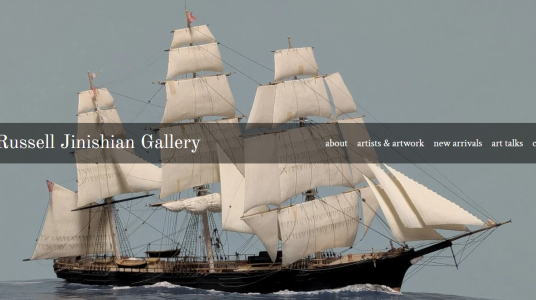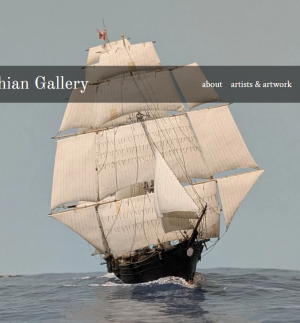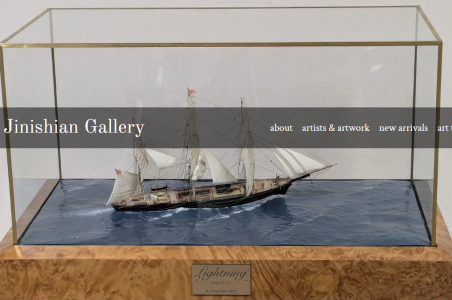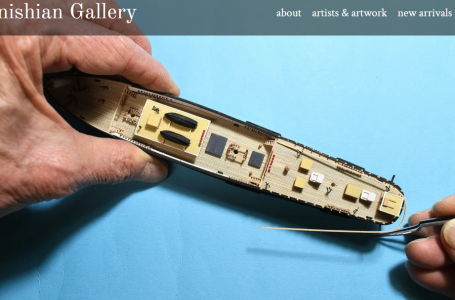I agree wholeheartedly. The catch for guys like us is that the ultra-miniatures done by guys like McNarry, Reed, McCaffery, Wilson, and Ough are mind-bogglingly detailed for the scales they work in. When you look at pictures of their models, often their size isn't fully appreciated because we're used to looking at pictures of much larger scales. I've closely examined a couple of McCaffery's models displayed in the Columbia River Maritime Museum in Astoria, Oregon. He does fully rigged ships that are three to five inches long with all the detail you'd expect on a model at 1:48 scale and the workmanship is impeccable. These guys are in the "can-engrave-the-Lord's-Prayer-on-a-grain-of-rice" class. Their models aren't "gem-like," they are gems. We're talking the Faberge eggs of ship models.I think the "gem-like" or precious quality of miniatures is most appealing, as well as most accessible. Easy to ship, carry and display.
Most appealing to impulse purchase. I also believe that, if well executed, the miniature "gem-like quality" adds to the impression of value.
Additionally, as Bill Wall notes in his articles cited above, these artists have developed names for themselves and have a following of collectors (and investors) who are standing in line to snatch up anything they build (or built, in the case of McNarry and Ough.)
McCaffery's recent build of the clipper Lightning (1854):




While the above pictures appear almost as photographs of a full-sized ship at sea under full sail, the model is actually only 9 and a half inches long, built to the scale of 1:384 (1"=32'). Priced at $75,000.00
(McCaffery's model of Prince holds the world's record for the highest auction price paid for a present-day ship model at $100,000.00)


For a fascinating read on McCaffery and his work with lots more pictures like those above, see: https://www.jrusselljinishiangallery.com/lloyd-mccaffery



